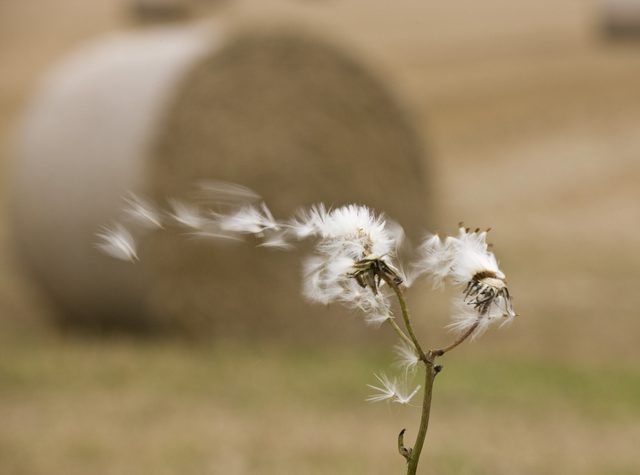Bulbs
Flower Basics
Flower Beds & Specialty Gardens
Flower Garden
Garden Furniture
Garden Gnomes
Garden Seeds
Garden Sheds
Garden Statues
Garden Tools & Supplies
Gardening Basics
Green & Organic
Groundcovers & Vines
Growing Annuals
Growing Basil
Growing Beans
Growing Berries
Growing Blueberries
Growing Cactus
Growing Corn
Growing Cotton
Growing Edibles
Growing Flowers
Growing Garlic
Growing Grapes
Growing Grass
Growing Herbs
Growing Jasmine
Growing Mint
Growing Mushrooms
Orchids
Growing Peanuts
Growing Perennials
Growing Plants
Growing Rosemary
Growing Roses
Growing Strawberries
Growing Sunflowers
Growing Thyme
Growing Tomatoes
Growing Tulips
Growing Vegetables
Herb Basics
Herb Garden
Indoor Growing
Landscaping Basics
Landscaping Patios
Landscaping Plants
Landscaping Shrubs
Landscaping Trees
Landscaping Walks & Pathways
Lawn Basics
Lawn Maintenance
Lawn Mowers
Lawn Ornaments
Lawn Planting
Lawn Tools
Outdoor Growing
Overall Landscape Planning
Pests, Weeds & Problems
Plant Basics
Rock Garden
Rose Garden
Shrubs
Soil
Specialty Gardens
Trees
Vegetable Garden
Yard Maintenance
How to Use Herbicides
Herbicides can kill stubborn weeds and other undesirable plants in the home garden when applied correctly and cautiously.

While handpicking can be an effective tactic against weeds, sometimes a gardener needs a stronger weapon in her arsenal. When used correctly, herbicides can be an effective tool that allows gardeners to spend less time battling weeds and more time tending to wanted plants.
All herbicides must be used according to the directions on the label; failing to follow the label is not only dangerous to yourself, your garden and the environment, but it is against the law.
How to Use Glyphosate
Widely used by gardeners, glyphosate is a nonselective herbicide that injures or kills all weeds and can also kill desirable plants. The amount of herbicide to apply varies depending on the type of plant you wish to control; follow rates on label.
Step 1: Put on Protective Clothing
Put on a long-sleeved shirt, long pants and socks with shoes. You may also want to wear chemical-resistant gloves, such as rubber gloves, and protective eyewear such as goggles or safety glasses.
Step 2: Fill Tank
Fill the tank with clean water, mixing in the herbicide afterward. Unless the label states otherwise, mix in a surfactant to help the herbicide stick to the plant.
Step 3: Spray Plant
Spray solution directly onto the foliage of the plant you wish to control, covering the entire top half of the plant and at least half of all leaves. Spray until leaves are wet but not until chemicals run off the plant. Agitate the sprayer back and forth occasionally to keep the contents mixed.
Warning
Windy conditions cause herbicides to drift, potentially causing them to damage or kill nearby desirable plants. Drift potential is lowest when wind speeds are between 2 and 10 miles per hour. Early mornings and evenings tend to be less windy.
Do not apply herbicides if rain is expected. If heavy rainfall occurs after spraying, you may need to spray again.
How to Use Triclopyr
Triclopyr is a selective herbicide that controls woody plants and annual and perennial broadleaf weeds. It is often used to control weeds in lawns. Conifers are sensitive to triclopyr; employ extra caution to avoid drift in areas with conifers.
Amount of herbicide to apply varies depending on the type of plant you wish to control; follow rates on label.
Step 1: Put on Protective Clothing
Put on a shirt with long sleeves, long plants, shoes with socks and chemical-resistant gloves.
Step 2: Fill Tank
Fill tank 1/2 full with clean water. Agitate the tank back and forth and add herbicide. Continue to agitate at a moderate speed as you add the remaining water. Without continuous movement, the water and herbicide will separate. Add surfactant if recommended by label.
Step 3: Apply to Plant
To control woody plants, spray thoroughly to wet leaves, stems and root collars.
To control broadleaf weeds in turf, spray weed foliage while weeds are actively growing, from early spring until fall.
Warning
To avoid injury to lawns:
Do not water for 24 hours after applying triclopyr.
Do not apply to lawns that are stressed from heat or drought.
If re-application is necessary, wait four weeks to avoid injury.
How to Use Pendimethalin
Pendimethalin is a pre-emergent herbicide that controls certain broadleaf weeds before they emerge from the soil. It is often used to control weeds in lawns and landscapes. The amount of herbicide to apply varies depending on the type of plant you wish to control; follow rates on label.
Step 1: Put on Protective Clothing
Put on a shirt with long sleeves, long plants, shoes with socks and chemical-resistant gloves.
Step 2: Fill Tank
Fill tank 1/2 to 3/4 full with clean water. Agitate the tank back and forth as you add herbicide. Fill the remainder of the tank with clean water, continuing to move the tank.
Step 3: Apply to Turf
Apply evenly to turf or other area in the garden where weeds are expected to emerge, agitating the tank back and forth as you spray to keep the solution mixed. Apply in spring, before weeds germinate.
Tip
For stubborn weed infestations, you may need an additional application. Apply again in five to eight weeks, or as directed by label.
Herbicide Storage
Store herbicides in a secure location away from children, pets and food products. Store glyphosate at a temperature above 10 degrees Fahrenheit and triclopyr at a temperature above 28 degrees Fahrenheit.